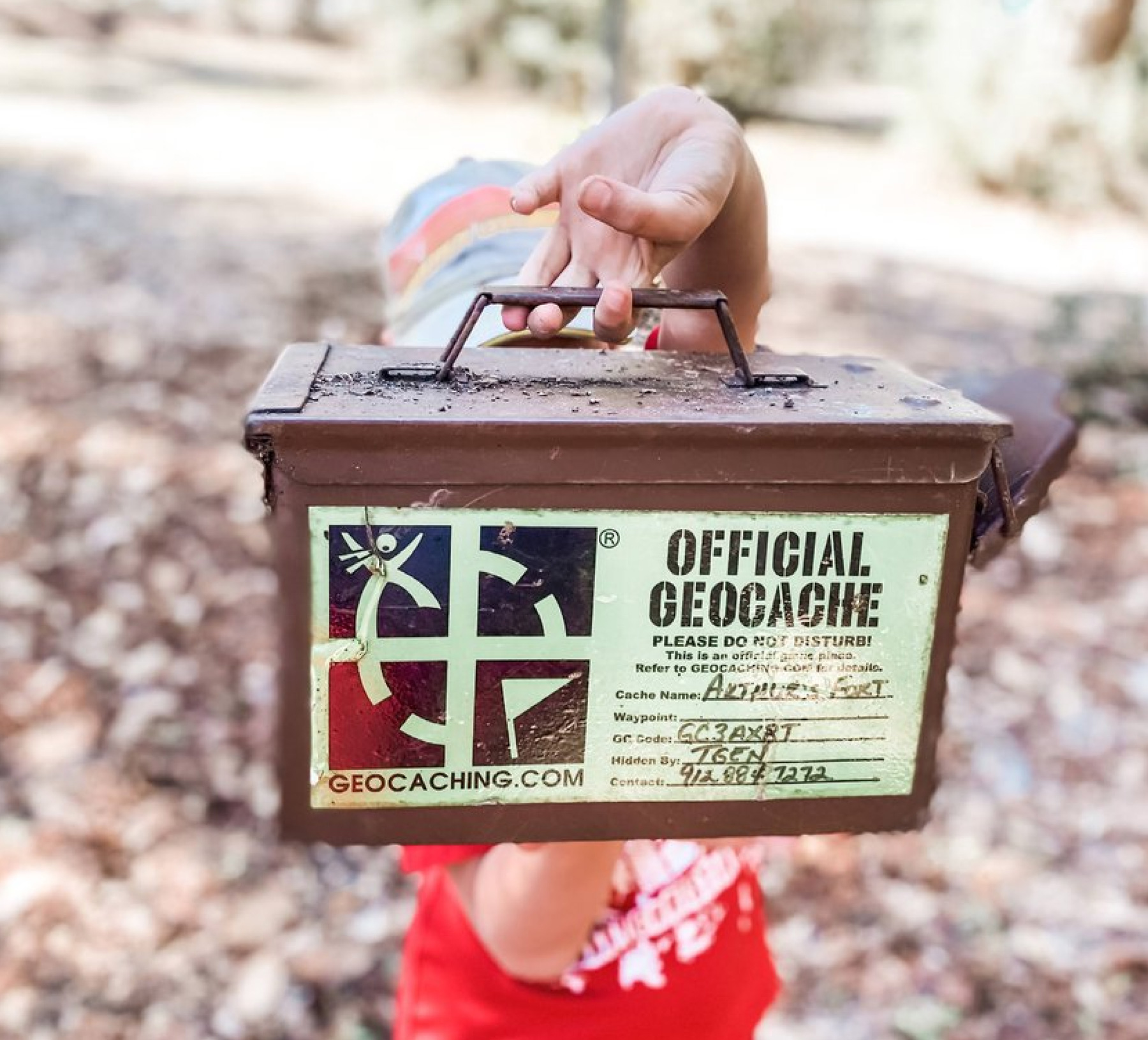5 Best Practices for Managing in Remote Environments
written by Jennifer Hicks Parulekar
1. Prioritize Communication
Make sure you are regularly checking in with your direct reports as well as getting the broader team together. Take the time to get to know your direct reports on a more personal level—how do they like to be recognized? What is their communication style? What skills or experiences are they interested in building?
How to increase communication:
- Schedule regular 1:1 check-ins
- Create an open-door policy or schedule weekly office hours. This can be implemented through email, chat, phone calls, or video.
- Create an Individual Development Plan (IDP) for each of your direct reports to provide a structured approach for identifying areas of improvement, setting goals, and developing a personalized roadmap for enhancing communication skills and building rapport with team members.
2. Foster a Culture of Transparency
Provide regular updates on team goals and progress to prevent team members from feeling like they’re working in silos. Share company updates, changes, and developments, so everyone feels included and connected to the big picture.
How to increase transparency:
- Schedule quarterly team meetings where you share team progress and company updates.
- Regularly solicit feedback from your team on current processes.
- Model transparency and authenticity by sharing your own successes and failures, and show vulnerability when appropriate.
3. Create Opportunities for Collaboration
Proactively identify opportunities for team members to collaborate on special projects. Create a space for team members to share ideas, feedback, and progress with others.
How to increase collaboration:
- Use collaborative tools, like Slack, Microsoft Teams, Asana, and Trello, to share information, assign tasks, and collaborate in real-time.
- Assign small group projects that require collaboration, brainstorming, and teamwork to encourage two or more remote team members to work together and build relationships.
- Organize virtual team-building events, such as online games, trivia contests, and Giveback activities, to foster a sense of fun, camaraderie, and community.
- Challenge the team to work together on a task or project and offer a reward for success—Everyone gets to sign-off early on Friday and jump-start their weekend if the team hits a certain target, for example.
4. Prioritize Recognition
Acknowledge and celebrate wins and milestones. Recognize individual achievements and team successes to boost morale and create a sense of accomplishment. Be a role model for others by regularly acknowledging and thanking team members for their hard work and milestones, like work anniversaries. Acknowledge everyone's contributions, no matter their role or experience level.
How to increase recognition:
- Create a standing agenda item on every team meeting to recognize and celebrate individual and team achievements, such as hitting a sales goal, completing a project, or winning an award.
- Send personalized tokens of appreciation, such as handwritten notes, gift cards, or swag, to show your gratitude and support when a team member goes above and beyond.
- Acknowledge birthdays and work anniversaries. This can be as simple as sending a “Happy Work Anniversary” email and copying the rest of the team for visibility.
5. Build a Virtual Water Cooler
Create a space for informal conversations that are often lost in the virtual environment.
How to build a virtual water cooler:
- Schedule informal chats with your team members, such as coffee breaks, happy hours, lunch-and-learns, or Giveback activities, to create opportunities for socializing and networking.
- Start off team meetings with a popcorn question (What was the last TV show you watched?) to build rapport and deepen connections. If you’re not familiar, a popcorn question is a type of icebreaker activity where participants take turns answering a fun or thought-provoking question, then pass or "popcorn" the question to the next person.
- Create a chat channel or group where team members can share non-work related updates, pictures, or memes to bond over shared interests and get to know each other on a more personal level.



